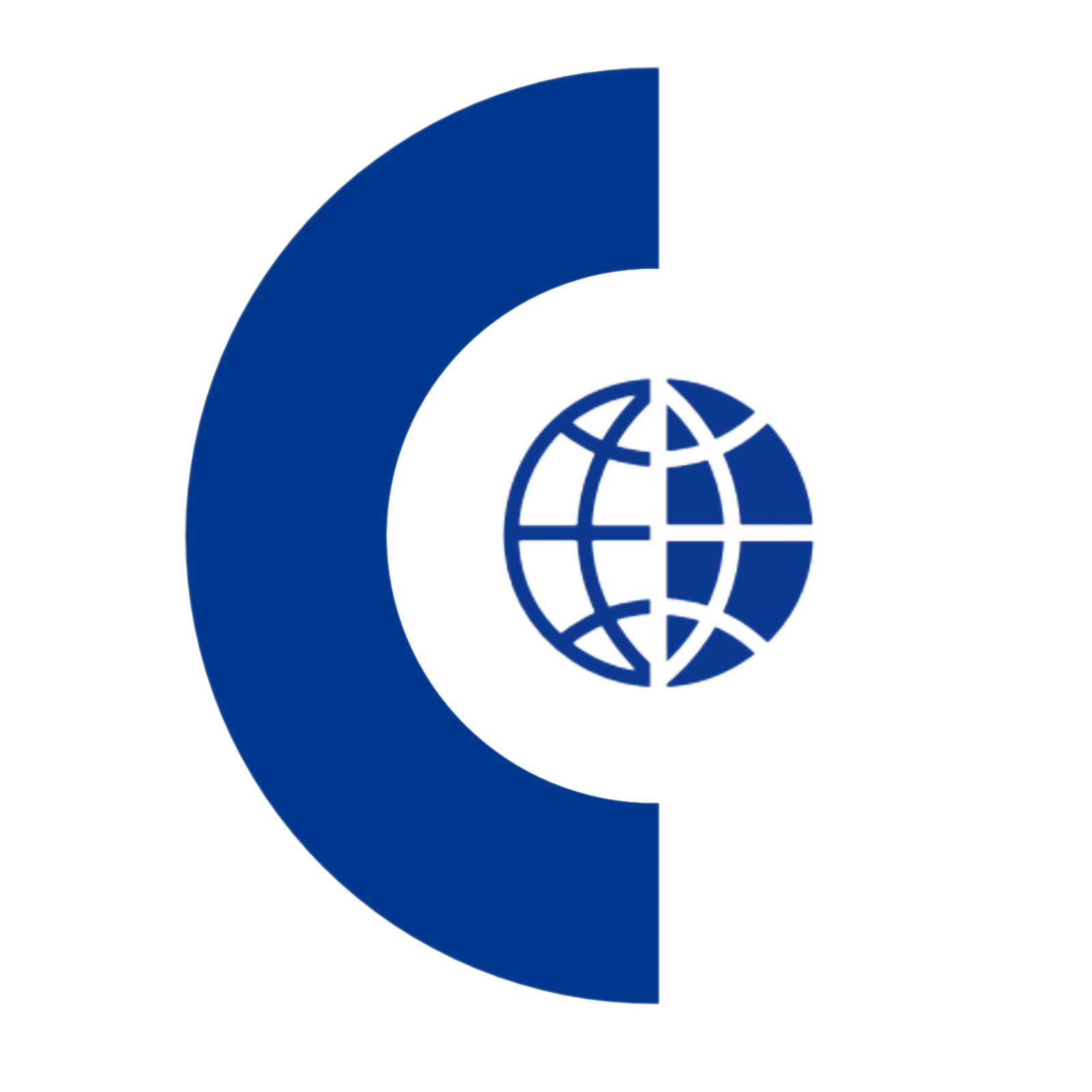In a significant development, India has positioned itself as a potential exporter of telecom technology with its locally developed 4G and 5G technology stack. The stack has garnered interest from at least nine countries, cementing India's position as a key player in the global telecommunications arena. Furthermore, the Indian government has made strides in the deployment of 5G, with over 200 cities already covered within the first 100 days of its launch. However, India has also made headlines by excluding Chinese equipment makers Huawei and ZTE from its 5G trials, aligning itself with other nations that have adopted a more cautious approach to these companies due to security concerns. This article explores India's journey towards becoming a telecom technology exporter and the evolving landscape of 5G in the country.
India's Potential as a Telecom Technology Exporter:
Locally Developed 4G and 5G Technology Stack:
a. The Union Minister of Railways, Communications, Electronics, and IT, Ashwini Vaishnaw, revealed that India's homegrown 4G and 5G technology stack has garnered interest from over nine countries.
b. The technology stack is ready for deployment and offers population-scale solutions that can effectively address major global challenges.
Promising Prospects for Export:
a. Vaishnaw's statement suggests that the countries interested in India's technology stack will soon begin testing and adopting it, potentially making India a significant telecom technology exporter.
b. This development showcases India's growing prowess in the telecommunications sector and positions the country as a reliable source of innovative solutions.
India's Rapid 5G Deployment:
Prime Minister Modi's Initiative:
a. Prime Minister Narendra Modi launched the 5G initiative in October, emphasizing the government's commitment to rapid technological advancements.
b. Within the first 100 days of the launch, over 200 cities across India were covered, marking one of the fastest 5G deployments globally.
Exclusion of Chinese Equipment Makers:
a. India's telecom ministry excluded Huawei and ZTE from its 5G trials, joining other nations that have adopted a cautious stance towards these companies.
b. The ministry granted permission to a dozen firms, including Ericsson, Nokia, and Samsung's network unit, to conduct 5G trials for six months.
c. While Huawei and ZTE were not explicitly banned from supplying 5G equipment to carriers, their exclusion from the trials indicates a shift in India's approach to network security.
Security and the New Procurement Rules:
a. The Indian government aims to strengthen network security by identifying "trusted" sources of telecom gear that carriers can use.
b. New procurement rules, expected to take effect in June, will restrict Indian network providers to purchasing equipment from these trusted sources, possibly including a list of banned suppliers.
c. The focus on security aligns with global concerns and ensures the integrity and resilience of India's telecommunications infrastructure.
Global Security Concerns Surrounding Huawei:
International Restrictions on Huawei:
a. Several countries, including the UK and the US, have excluded Huawei from participating in the development of their 5G networks due to concerns over national security.
b. Huawei's inclusion on the US Department of Commerce's Entity List restricts its access to items produced with US technology and software.
Huawei's Denial and Industry Impact:
a. Huawei has consistently denied accusations of posing a national security threat and maintains that its equipment is secure.
b. Mobile operators in multiple countries have cautioned that excluding Huawei from network development may increase costs and slow down the rollout of 5G
The Advantages and Significance of 5G Technology:
Faster Speeds and Increased Connectivity:
a. 5G, as the fifth generation of wireless technology, offers significantly faster speeds compared to its predecessors.
b. It enables more devices to be connected simultaneously, revolutionizing industries such as healthcare, transportation, and manufacturing.
c. With its high-frequency operation, 5G delivers greater capacity and enhanced network performance.
Empowering the Internet of Things (IoT):
a. 5G plays a vital role in enabling the widespread adoption of the Internet of Things (IoT) by providing the necessary infrastructure and bandwidth.
b. The IoT relies on seamless connectivity between devices, and 5G's low latency and high reliability make it ideal for supporting IoT applications.
Unlocking Innovation and Economic Growth:
a. The deployment of 5G networks stimulates innovation across various sectors and contributes to economic growth.
b. It opens up opportunities for advancements in areas such as autonomous vehicles, smart cities, virtual reality, and telemedicine.
India's Approach to 5G Deployment:
Inclusive Trials in Urban, Rural, and Semi-Urban Settings:
a. The Indian government's directive for 5G trials mandates that companies conduct tests not only in urban areas but also in rural and semi-urban settings.
b. This approach ensures that the benefits of 5G technology reach all corners of the country, bridging the digital divide and fostering inclusive development.
Collaboration with Major Carriers and State-Run Entities:
a. Key players in the Indian telecommunications industry, including Reliance Industries' Jio Infocomm, Bharti Airtel, Vodafone Idea, and state-run MTNL, are conducting the 5G trials.
b. The involvement of these prominent carriers and entities reflects the collective efforts to establish a robust and reliable 5G infrastructure.
Balancing Security and Technological Advancements:
a. India's exclusion of Huawei and ZTE from the trials aligns with the government's commitment to prioritizing network security.
b. The forthcoming procurement rules that emphasize "trusted" sources reflect the government's intent to strike a balance between innovation and safeguarding national interests.
Conclusion:
India's emergence as a potential telecom technology exporter, coupled with its rapid deployment of 5G networks, showcases the country's determination to lead in the global telecommunications landscape. By developing and offering its own 4G and 5G technology stack, India has attracted the interest of numerous countries, highlighting its potential as an exporter of telecom solutions. Additionally, the exclusion of Chinese equipment makers from the 5G trials and the focus on network security demonstrate India's commitment to ensuring the integrity and resilience of its telecommunications infrastructure. With the deployment of 5G, India is poised to unlock new opportunities for innovation, economic growth, and inclusive development across various sectors, ultimately transforming the way people connect and interact in the digital age.



